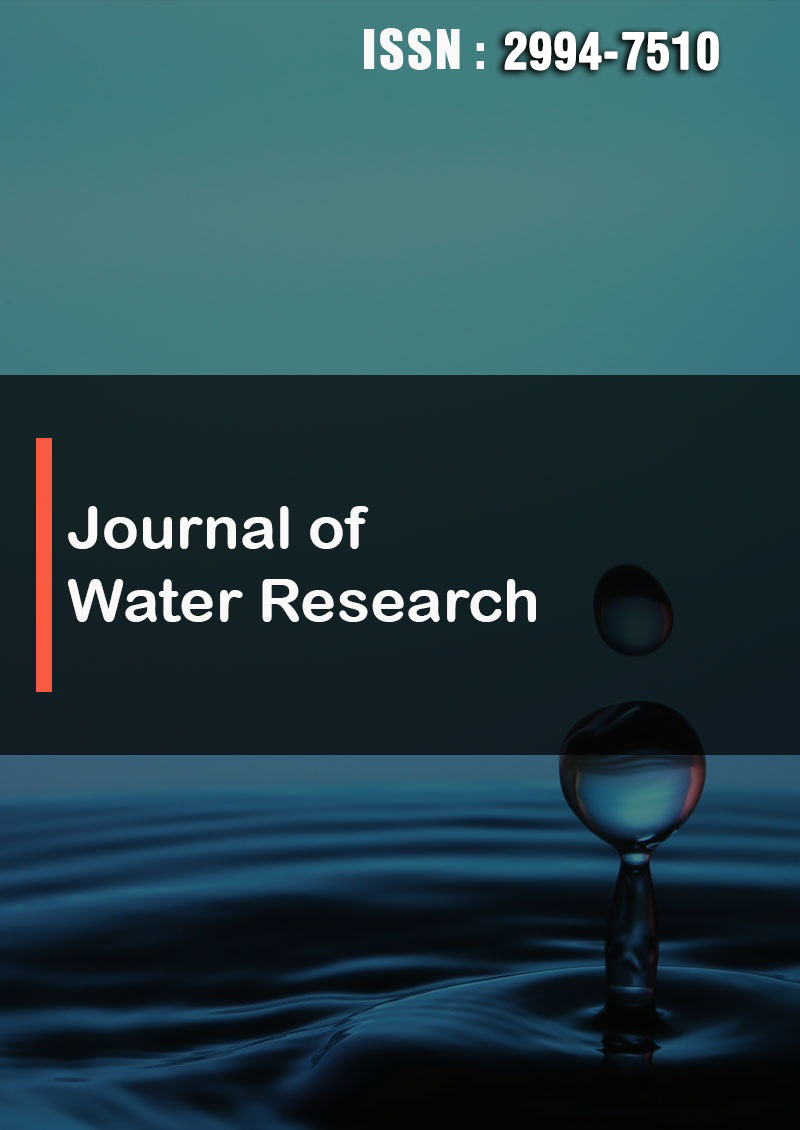Hydrogeochemical Study and Geospatial Analysis of Water Quality Using GIS based Water Index and Multivariate Statistics in Kombolcha City, Ethiopia
Abstract
Anteneh Yayeh Adamu, Asmare Belay Nigussie, Asnake Enawgaw Amognehegn
The study was carried out to evaluate hydro geochemistry and the risk of groundwater and surface water pollution in the Kombolcha area. To achieve this, hydrogeochemical analysis, water heavy metal, geospatial data analysis, ion ratio, correlation matrix, principal component analysis, Heavy metal Pollution Index (HPI), and Water Quality Index (WQI) methodologies were employed. A total of 36 samples (both water and effluent samples) had been collected and assessed for major physicochemical variables and heavy metals and samples were taken from hand dug wells, Borehole, springs, and rivers in the area. Hydrogeochemical methods showed groundwater mineralization due to (1) silicate weathering, (2) cation exchange processes, and (3) anthropogenic sources (i.e., contaminated discharge of sulphate, carbonate, and trace metal effluents). The study result revealed that major ions dominating the area are Ca2+ >Na+ > Mg2+ >K+, HCO3- >SO4 2- > Cl- > NO3-, and Fe> Mn >Pb> Cr> Cd for cations, anions and trace metals respectively with all heavy netals had mean concentrations above the WHO recommended limits. Calculated Pollution indices revealed 50.7% of the sample belongs to a low level of pollution, while 35% and 14.3% belong to a medium and high level of pollution respectively which consequently translating the area into high groundwater pollution zones. The correlation matrix revealed that no significant correlation exists between the water quality variables (Cl and NO3- with Fe, Pb, Cr, Mn, and Cd). PCA was applied on the data set to identify the spatial sources of pollution in groundwater and in the first principal component analysis, Mn, Fe, Cr, Pb, and Cd (in descending order) were found in amounts greater than 0.5, confirming that these metals were from anthropogenic sources. The combined assessments based on WQI and HPI, the study showed that water samples in the proximity of industrial sites are polluted by factories effluent and uncontrolled waste disposal due to urbanization.



